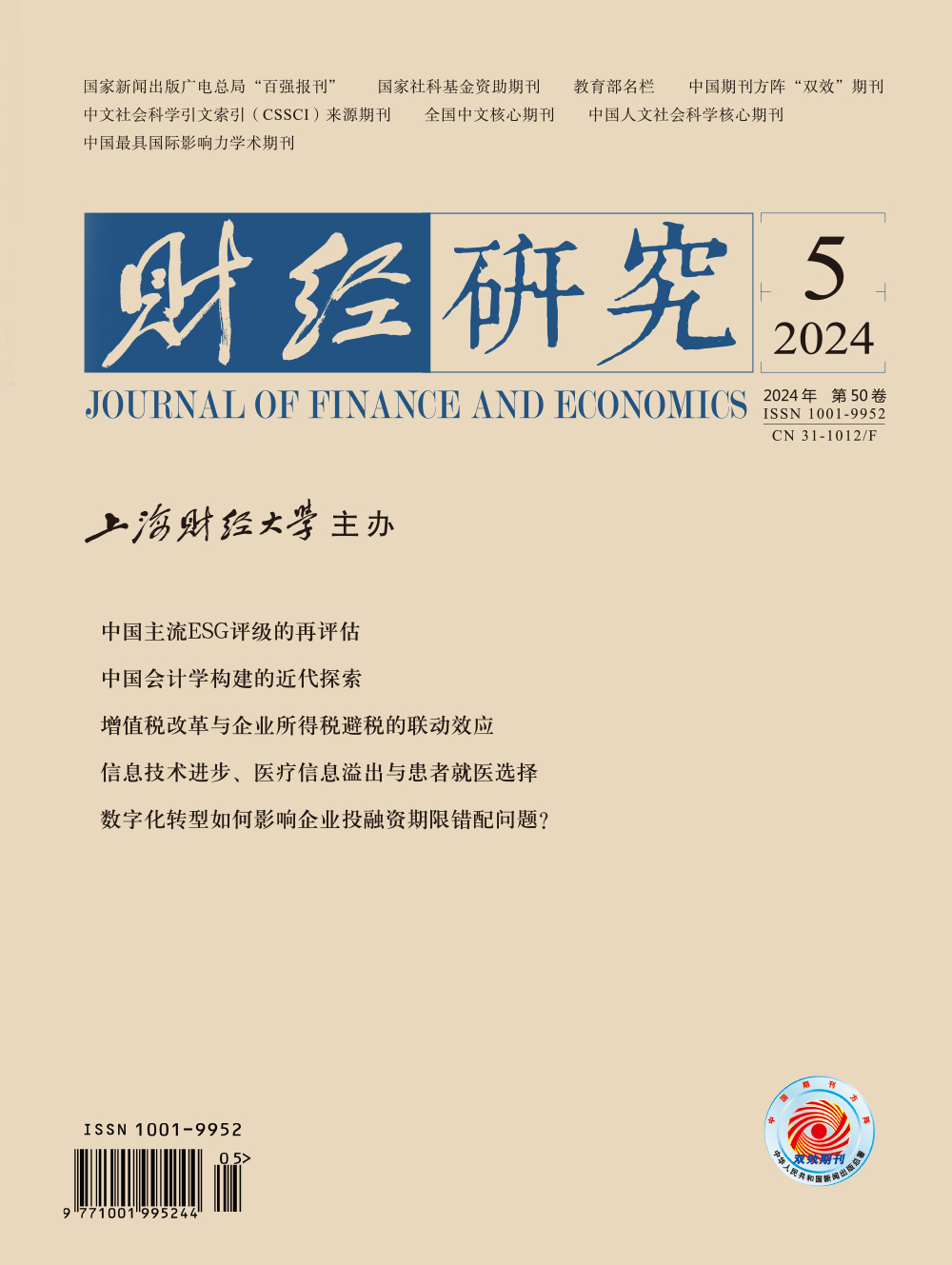In recent years, China has continuously increased the input of primary medical resources to solve the problem of “difficult and expensive medical treatment”. However, many patients do not understand their condition and have no way of knowing the service capacity of medical institutions. Therefore, to avoid misdiagnosis and the possible health risks it may cause, patients can only seek “higher” medical treatment blindly. The rapid development of modern information technology is conducive to breaking this medical information asymmetry, making it possible for patients to change their blind health-seeking behavior.
Based on the empirical facts of China’s medical information asymmetry, this paper studies the impact of information technology progress on patients’ medical choices. The results show that information technology progress changes patients’ medical choices, helping them choose self-diagnosis or treatment at primary medical institutions. Further mechanism analysis shows that information technology progress is beneficial to the information spillover of diagnosis and treatment and can enhance patients’ understanding of their condition, thus reducing blind health-seeking behavior. At the same time, information technology progress also expands the information spillover of the service capacity of medical institutions at all levels, thereby attracting more patients to primary medical institutions under the background of “strengthening grassroots”. Both factors change patients’ medical choices and help them to seek medical treatment rationally. In particular, for patients who have children, live with children, and suffer from chronic and mild conditions, the impact of information technology progress is greater, which is more conducive for them to choose self-diagnosis or “sinking” medical treatment.
Therefore, to achieve reasonable medical treatment for urban and rural patients, attention should be paid to the following aspects: First, further strengthen the construction of primary medical institutions, including improving medical alliance and medical community, increasing the input of primary medical resources, and promoting the reform of hierarchical diagnosis and treatment. Second, actively build a social-sharing medical information system covering medical knowledge, clinical pathways, and diagnosis and treatment plans, and establish an intervention mechanism against false information in diagnosis and treatment. Third, expand the information supply on the service capacity of medical institutions by promoting the construction of smart hospitals and building social platforms for medical services, and introduce third-party institutions to improve the hierarchical evaluation system of medical institutions in China.





 1743
1743  1421
1421

